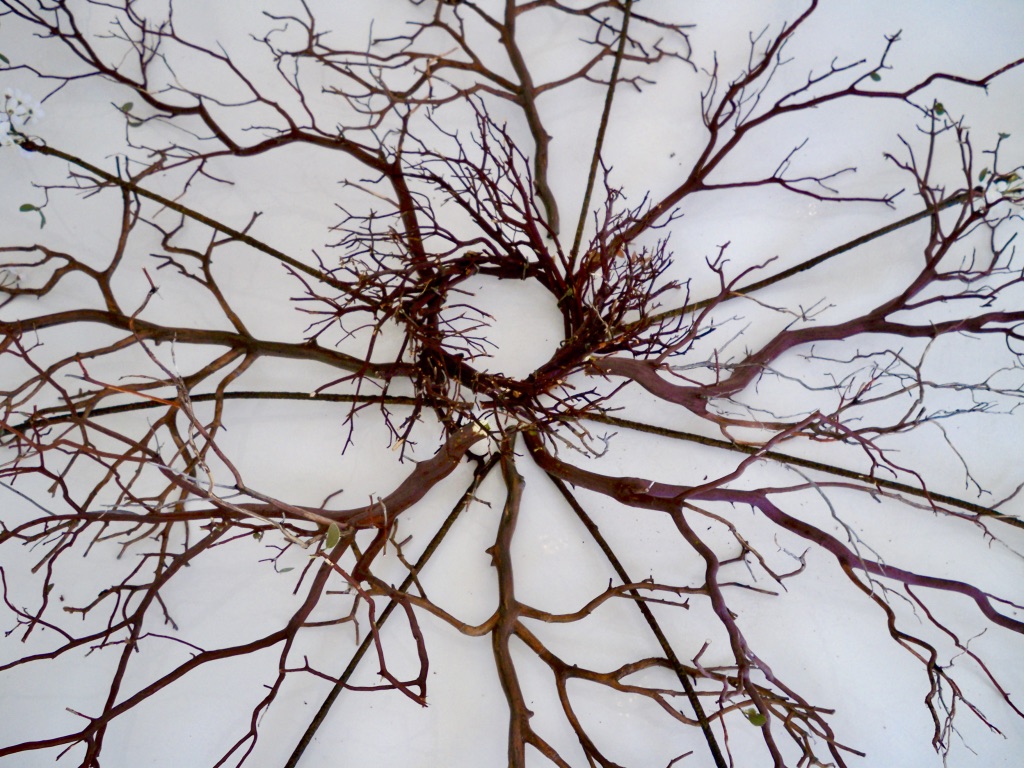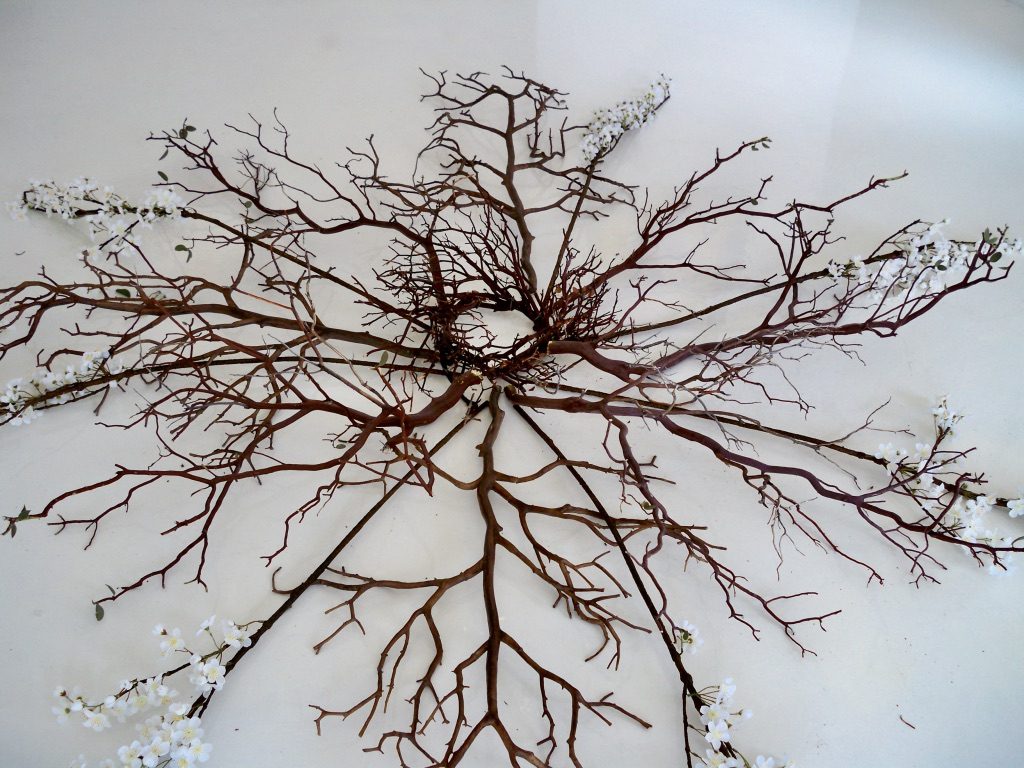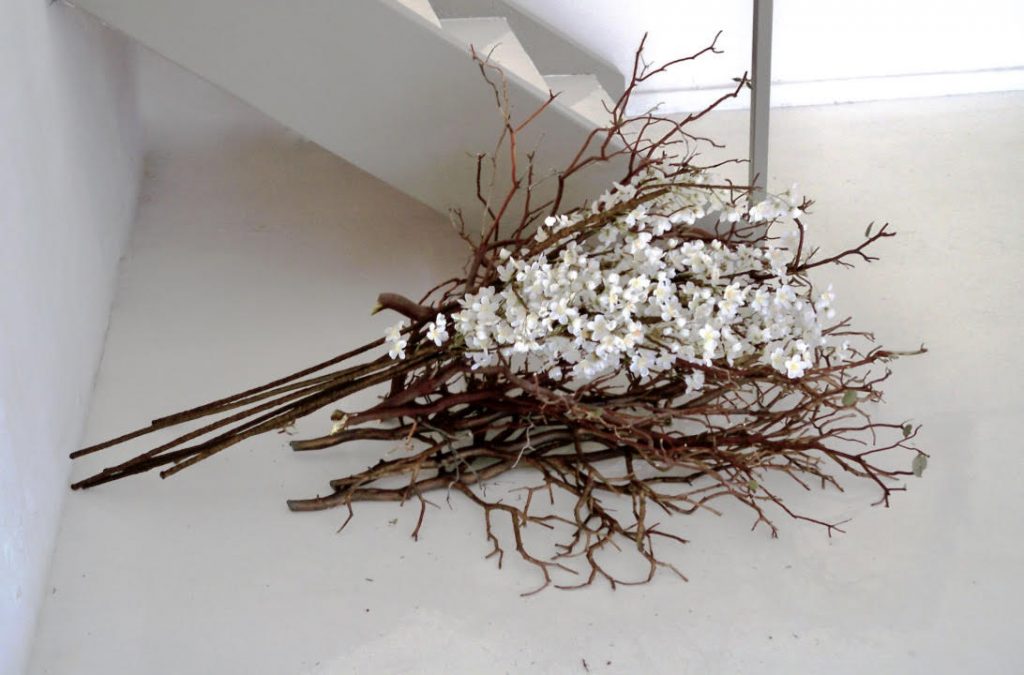A miracle happened. One morning, I woke up, and I realized that I am a woman in need of a beautiful garden. It seemed like it was the very first time that I could see the flowers, the leaves, the trees, and the garden in a way that I had never seen them before. And it seemed as though the garden, too, could see me.
My garden, my sanctuary: a place for me to get close to my beginning, to my end, and to the soil itself. For the first time, I felt completely in tune with my garden and with the roots of the plants, which, from their dark, damp place, ever so slowly breathe and ever so slowly grow towards the the sun. I closed my eyes, and in the silence of my head, I listened to the bugs chewing on the corner of a leaf, and I felt the slightest movements of the lizards resting in the heat of the cement floor of my garden. I repeated to myself, “I embrace you, my garden, for you are a mother. I embrace you just as you embrace me.”
Take the vegetable, beets – my very favorite, as an example. This plant is ever-so-emotional and passionate! It is always in love and always with a bleeding heart. Now let’s take the cucumber, for instance. It’s definitely not a sentimental nor a romantic vegetable at all. It’s kind of a realist. It’s not opinionated. In fact, nothing bothers a cucumber. It just does not care and does not sweat the small stuff.
Now looking amongst the flowers, let’s take the orchid as an example. It certainly is a cold-hearted flower. It does not like to get too close or too personal with anyone. It kind of lives in a world of her own — very sensitive, almost a recluse, completely unapproachable, and definitely untouchable, a diva in her own right and a snob, rarely smiles, and of course, does not like to be touched at all.
Here are a few points as to how I love and care for my garden:
- It is true that plants need sunshine and water, but don’t fuss with them. Don’t love them too much or they die.
- Weed your garden, and remember: sometimes, you have to amputate a branch to save the roots or save the plant as a whole.
- Teach your plants to flex in order not to break.
- Always give your plants a second chance. Don’t misunderstand them. Just because they look dead and dry, don’t toss them away, for they mostly always have enough life in them to come back in the spring all over again.
- Respect your plants’ boundaries but still give them a daily hug and remind them that they are loved and needed.
- Allow that common ground in your garden for the two different seeds who have met. Their hearts are already over flowing with mystery and hope and want to come together to create their own unique family of plants. Make sure to give them room to flourish.
- Love your plants for their beauty. Accept and forgive their thorns.
- If you are having a down day, let your plants heel you. Just sit in your garden. Listen to flowers and plants interact with each other and with the soft breeze and the blue sky and all the other healing elements of nature, and try to become one with them.
- Accept your plants as they are, whether they are city plants or country plants. Don’t mock their names, their colors, their wrinkles, their shapes, or whether they are useful or just pretty to look at. Let your plants dry up, age, lose their leaves in peace. Accept them as they are and let them be heavy or light. Let them just be what and who they choose and were created and meant to be.
- Allow your plants to worship whatever elements of nature they want to worship, whether it’s the sun, the moon, the oceans, or the wind.
- Always walk gently and softly in your garden. Remember that your plants are ever-so-tender and sensitive: their hearts can easily be broken, and they can get bruised and be crushed.
Tags: Flowers, Garden, Life is a Garden, nature, peace, plants, wellness
Posted in Mahvash Mossaed |





Leave a Reply